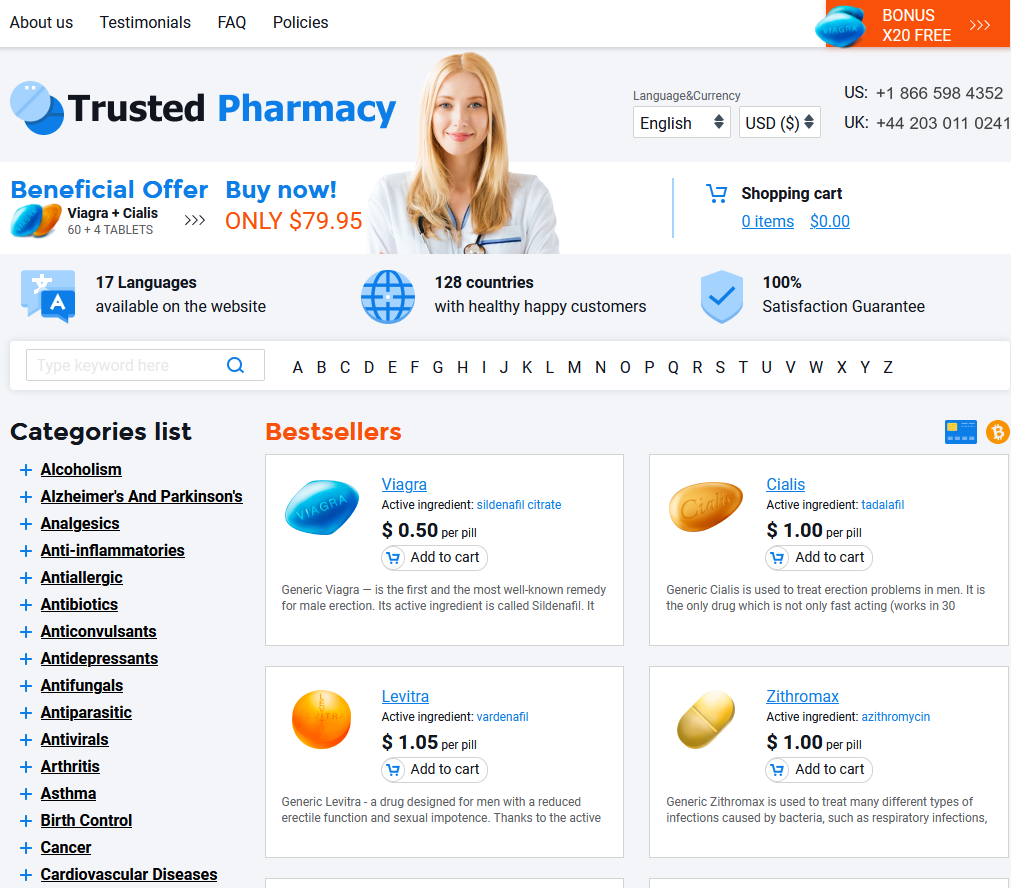Amoxil for Children: Dosage and Safety Tips
Understanding Amoxil: How This Antibiotic Works
When children fall ill with bacterial infections, Amoxil often becomes a trusted ally in recovery. As a popular antibiotic belonging to the penicillin family, it battles harmful bacteria by interfering with their cell wall formation, ultimately causing the bacteria to break apart and die. Amoxil’s targeted approach means it specifically attacks bacteria without affecting viruses like the common cold.
Amoxil is favored in pediatrics for its effectiveness against a variety of infections, including those in the ear, throat, lungs, and urinary tract. Administered correctly, it can quickly reduce symptoms and help children regain their energy and zest for life.
| Benefit | Description |
|---|---|
| Targeted Action | Destroys specific bacteria causing infection |
| Well-Tolerated | Suitable for children with mild side effects |
Recommended Amoxil Dosage by Age and Weight

Proper dosing of amoxil ensures your child gets the right amount of medicine to fight infections effectively. Doctors often prescribe the dosage based on your child’s weight, not just age, since children grow quickly and their bodies process medications differently. For example, younger children or infants might only need 20-40 mg of amoxil per kilogram of body weight daily, typically split into two or three doses.
Older children and those weighing more often require a higher total dose, but never guess the amount—always use a precise measuring device for liquid amoxil. Never double up if a dose is missed; simply give the next dose at the regular time. Amoxil’s effectiveness depends on sticking to the schedule recommended by your healthcare provider.
If your child has trouble swallowing pills, amoxil also comes in a flavored suspension form. Always shake the bottle well before measuring each dose to guarantee accuracy and optimal results.
Key Signs Your Child Needs Amoxil Treatment
Imagine your child develops a sudden fever, persistent ear pain, or a sore throat that won’t subside—these scenarios may indicate a bacterial infection requiring antibiotic treatment. Amoxil is often prescribed when symptoms point to infections like strep throat, bacterial sinusitis, or certain types of ear infections that don’t improve with time or supportive care alone.
Parents should pay close attention if their child’s symptoms worsen or if new signs such as pus, significant swelling, or trouble swallowing emerge. In such cases, a pediatrician may recommend amoxil after evaluating the cause, ensuring targeted and effective treatment.
Essential Safety Tips for Parents Using Amoxil

Before giving your child amoxil, double-check the prescription label for the correct dose and make sure you’re using an appropriate measuring device—not a household spoon—to ensure accuracy. Consistency is key: administer amoxil at the same times each day, and try not to skip doses. If a dose is missed, give it as soon as you remember, but never double up to catch up.
Keep an eye out for allergic reactions such as rashes, swelling, or difficulty breathing, and contact your healthcare provider if these occur. Complete the entire prescribed course even if symptoms improve, as stopping too soon may allow the infection to return or worsen.
Common Side Effects and When to Seek Help
While Amoxil is widely prescribed for children and generally well tolerated, it’s important for parents to recognize potential side effects. Mild reactions such as stomach upset, diarrhea, or mild skin rash are fairly common and usually resolve on their own. These symptoms often mean your child’s body is adjusting to the medication rather than experiencing a severe issue. However, understanding which side effects are just part of the process and which ones require prompt attention can offer peace of mind.
Vigilance is crucial if your child develops breathing difficulties, persistent vomiting, a widespread rash, or swelling of the face or throat after taking Amoxil. These signs could indicate a serious allergic reaction needing immediate medical help. The table below summarizes typical side effects and those warranting urgent care:
| Common Effects | When to Call a Doctor |
|---|---|
| Mild diarrhea, stomach upset, mild rash | Difficulty breathing, severe or spreading rash, facial swelling |
Interactions: What Not to Mix with Amoxil
When your child is prescribed Amoxil, it’s natural to focus on getting the dosages right, but knowing what not to combine with this antibiotic is just as important. Some common medications or supplements can reduce Amoxil’s effectiveness or trigger unwanted reactions. For example, certain antacids and oral contraceptives may interfere with how well Amoxil works.
Parents should also be cautious about over-the-counter treatments containing probenecid, as this can increase antibiotic levels in the blood and heighten the risk of side effects. Vitamins and herbal supplements, often overlooked, can also interact with prescription medications.
The best approach is to keep your healthcare provider informed about everything your child is taking—even seemingly harmless natural products. This proactive step ensures that your child’s Amoxil therapy remains both safe and effective, supporting a smoother recovery process.

